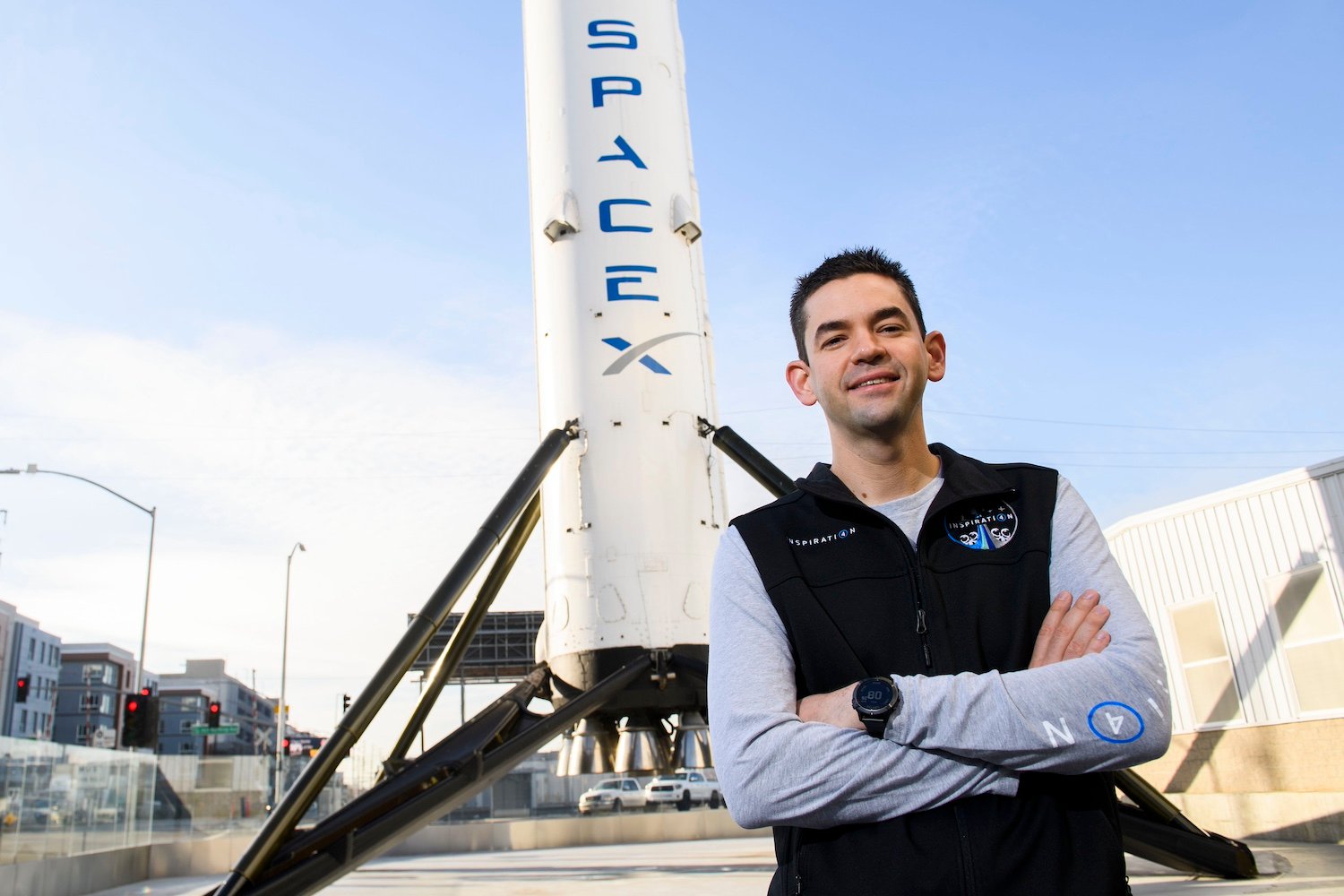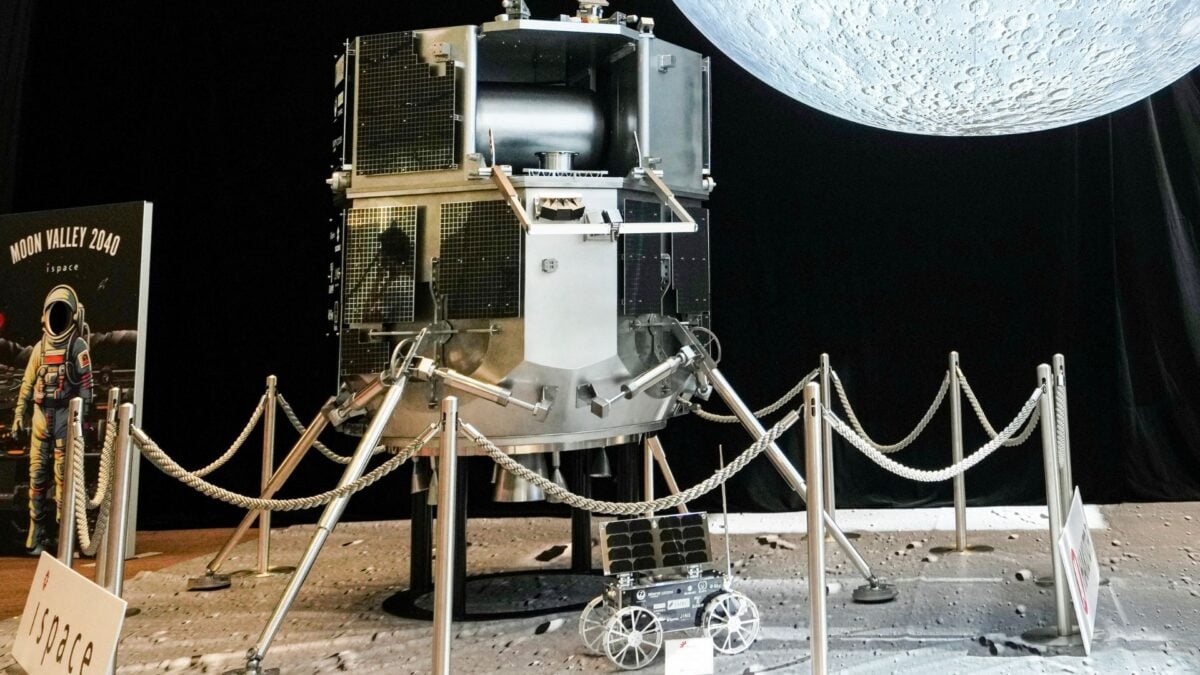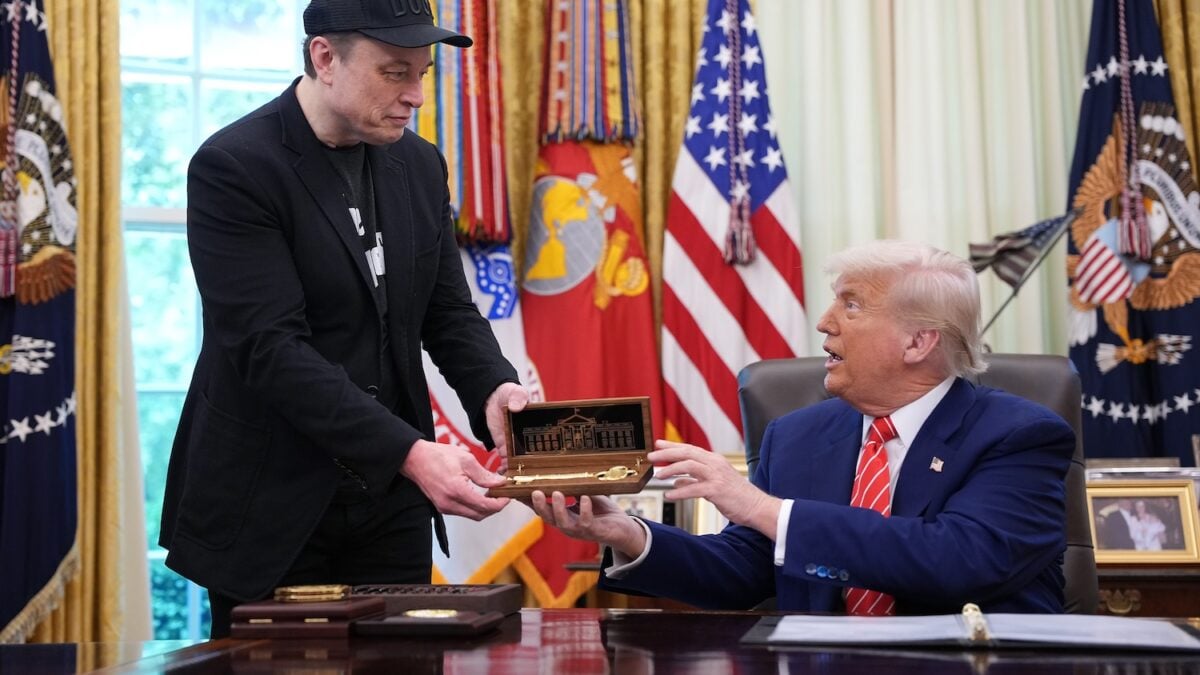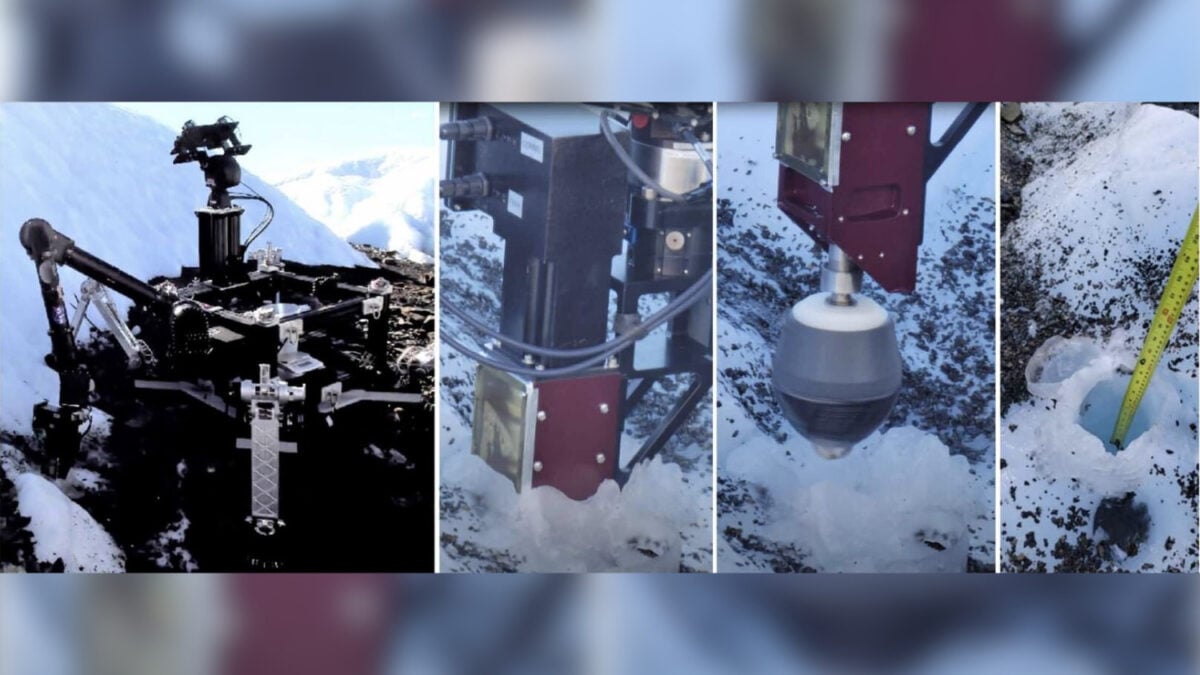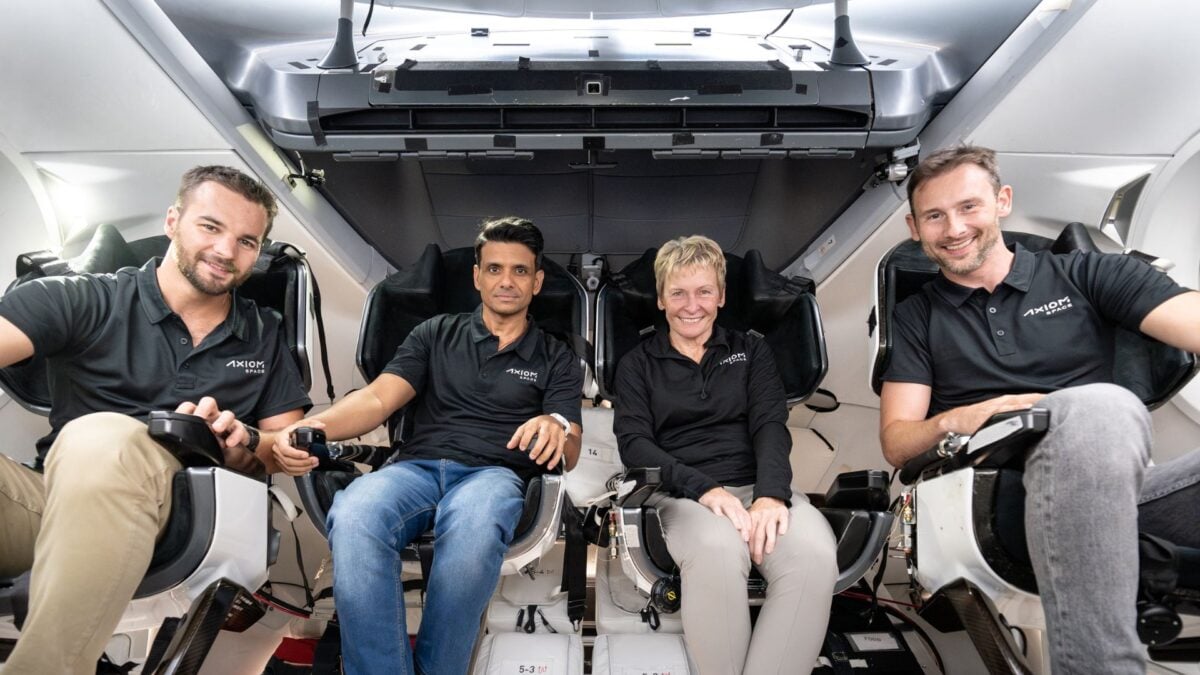Shortly after Donald Trump withdrew his nomination for Jared Isaacman to lead NASA, the billionaire private astronaut shared his transformative vision for the agency, particularly concerning the Artemis program. Had he become administrator, Isaacman would have championed significant shifts, prioritizing reusable technology to achieve both lunar and Martian ambitions more efficiently.
A Renewed Focus: The Moon, Mars, and Reusability
During an interview with the All-in Podcast, Isaacman outlined his strategic priorities for NASA. “Let’s complete our lunar obligations, because that’s a whole other story with China,” he stated. “At the same time, in parallel, develop the capabilities to get to Mars.” A cornerstone of Isaacman’s approach would have been a pivot towards reusable hardware for lunar missions, a stark contrast to NASA’s current Artemis architecture.
Critiquing the Costly Artemis SLS Rocket
NASA’s Artemis program has faced considerable criticism, primarily for its reliance on the Space Launch System (SLS). The SLS is an expendable super-heavy-lift rocket designed to send the Orion capsule Moonward, built using components from the retired Space Shuttle program. “It’s a giant disposable rocket program that repurposes shuttle hardware,” Isaacman remarked. “It’s expensive, it’s disposable. It is not the way to do affordable, repeatable, efficient exploration, whether it’s to [the] Moon, Mars, or anywhere else.”
The financial burden of the SLS is substantial. NASA has invested billions into the rocket, with reports indicating it is ultimately unaffordable. The SLS project is already $6 billion over budget, and the projected cost per rocket launch is $144 million more than initially anticipated. This inflates the cost of a single Artemis launch to at least $4.2 billion, according to a May report from NASA’s inspector general’s office.
Advocating for a Sustainable Path Forward
Isaacman proposed a strategic shift towards reusable launch vehicles for Artemis 3 and subsequent missions. “There’s enough hardware now to fly a couple of missions and make sure you beat China back to the Moon,” he acknowledged, referring to existing SLS components. “But you can’t be stuck on this forever. This is literally the equivalency, by the way, of taking P-51 Mustangs [a fighter aircraft] from World War II and using them in Desert Storm, because we got to keep the plants open. And that obviously makes no logical sense whatsoever.” [internal_links]
His critique extended to other aspects of the Artemis program, including international collaborations. “We signed up a lot of international partners to support it because we like collecting flags, and it doesn’t necessarily always mean that what they’re contributing to is in the best interests of the program,” Isaacman commented. “This is going down a rabbit hole of a lot of things because of the shortcomings of the vehicle.”
Political Maneuvering and NASA’s Uncertain Trajectory
President Trump’s decision to withdraw Isaacman’s nomination was a disappointment for many in the space community who saw his potential leadership as a positive change for an agency grappling with budgetary pressures and bureaucracy. Isaacman suggested the timing was not coincidental, linking it to SpaceX founder Elon Musk’s reported departure from government advisory roles. “I’m not going to play dumb on this – I don’t think timing was much of a coincidence,” Isaacman stated. “Obviously, there was more than one departure that was covered on that day. There were some people who had some axes to grind, and I was a good, visible target.”
With Isaacman no longer in contention, NASA’s future direction, especially for its Artemis program, faces renewed uncertainty. The administration’s proposed budget hints at phasing out the SLS rocket and Orion capsule in favor of commercial alternatives. While the goal of returning astronauts to the Moon remains a strong emphasis, the specific path to achieving this sustainably is yet to be clearly defined.
Conclusion: A Pivotal Moment for Space Exploration
Jared Isaacman’s proposed vision for NASA highlighted a potential shift towards more cost-effective and sustainable space exploration, centered on reusable technology for both lunar and Martian endeavors. His critique of the current Artemis program’s reliance on the expensive, expendable SLS rocket underscores ongoing debates about the future of U.S. space policy. As NASA navigates budgetary constraints and strategic decisions, the path to the Moon and Mars remains a topic of critical importance, demanding innovative solutions and clear long-term planning.



